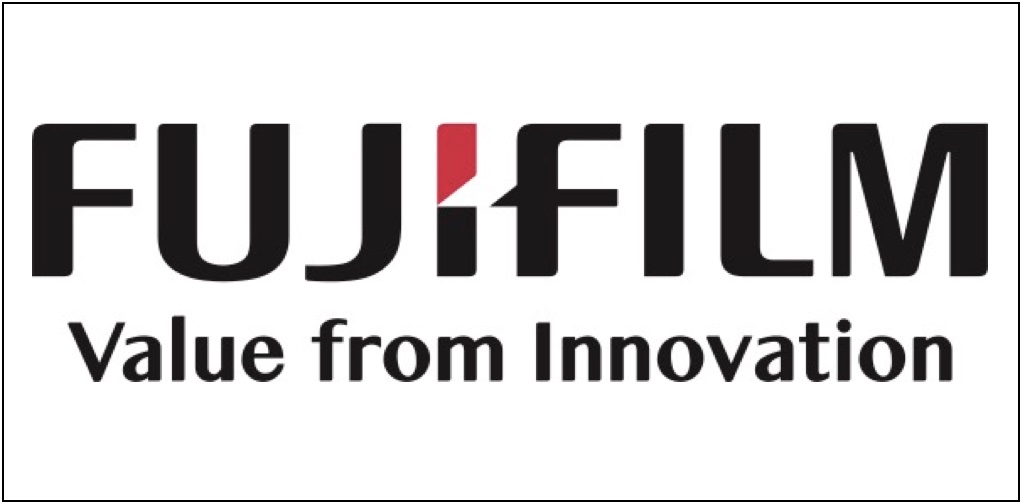Laurel Brunner: Mercury Rising
 The 13th April is an important deadline. It’s the day when a key exemption in the European Union (EU)’s Regulation on Hazardous Substance II (RoHS II) no longer applies. The ramifications for the graphic arts industry worldwide could be serious, eventually.
The 13th April is an important deadline. It’s the day when a key exemption in the European Union (EU)’s Regulation on Hazardous Substance II (RoHS II) no longer applies. The ramifications for the graphic arts industry worldwide could be serious, eventually.
RoHS II “lays down rules on the restriction of the use of hazardous substances in electrical and electronic equipment (EEE), with a view to contributing to the protection of human health and the environment”. The objective is primarily to reduce energy usage and mitigate risks to health and safety from various substances, including mercury. Mercury is used in lamps for curing UV inks as well as for streetlighting and related applications. 2017 will be the last year we can expect to see mercury lamps in lighting applications, but when it comes to curing applications the picture is murkier.
Mercury arc lamps use intense light that interacts with photoinitiators in UV curable inks. The photoinitiators fragment which initiates polymerisation to create a dry and durable surface. The output spectrum of a mercury arc lamp includes near infrared light which adds heat to the process so that curing takes place more quickly. One alternative to UV cured inks is solvent inks which pose more of a health and environmental hazard. From the EU’s perspective this makes UV curing inks a preferable alternative to solvents; this will probably help their case when it comes to the RoSH II ban. According to our EU contact if “a product containing more than 0.1% Hg [mercury] by weight is installed before April, it is allowed and it can have replacement Hg arc lamps into the future until it reaches end of life.” That’s good news, at least for as long as manufacturers keep making mercury arc lamps.
The graphic arts is not going to lose its mercury arc lamps just yet, despite the expiration of the RoHS II exemption. These lamps will still be available for existing kit, and technologists are working hard on next generation technologies. When it comes to regulatory compliance we can expect to see either a replacement technology or a progress with existing approaches, such that mercury isn’t a problem. Fiddling with the wavelengths a lamp outputs and modifying the materials inside it is a delicate business, but it could be a path forward. LEDs are another option, but LEDs have limitations of their own especially when it comes to curing speed. As far as RoSH II goes, the industry still has time to wait for LED curing to get faster and more effective, but slowly the clock is ticking.
Laurel Brunner

This blog has been made possible by: Agfa Graphics (www.agfa.com), Digital Dots (http://digitaldots.org), drupa (www.drupa.com), EFI (www.efi.com), Fespa (www.fespa.com), Heidelberg (www.uk.heidelberg.com), Kodak (www.kodak.com/go/sustainability), Mondi (www.mondigroup.com/products), Pragati Offset (www.pragati.com), Ricoh (www.ricoh.com), Shimizu Printing (www.shzpp.co.jp), Splash PR (www.splashpr.co.uk), Unity Publishing (http://unity-publishing.co.uk) and Xeikon (www.xeikon.com).
Blokboek.com is the Dutch media partner of Verdrigris, a non-profit initiative which aims to realistically chart the real footprint of printing and which helps companies and organisations to lower that footprint. More information about Verdrigris can be found via this link.
De trainingen voor 2022 staan gereed. Kijk voor het volledige online aanbod van bestaande- en nieuwe trainingen op de website.
BLOKBOEK.COM EN PRINTMEDIANIEUWS: HET OPTIMALE DOELGROEP BEREIK




















